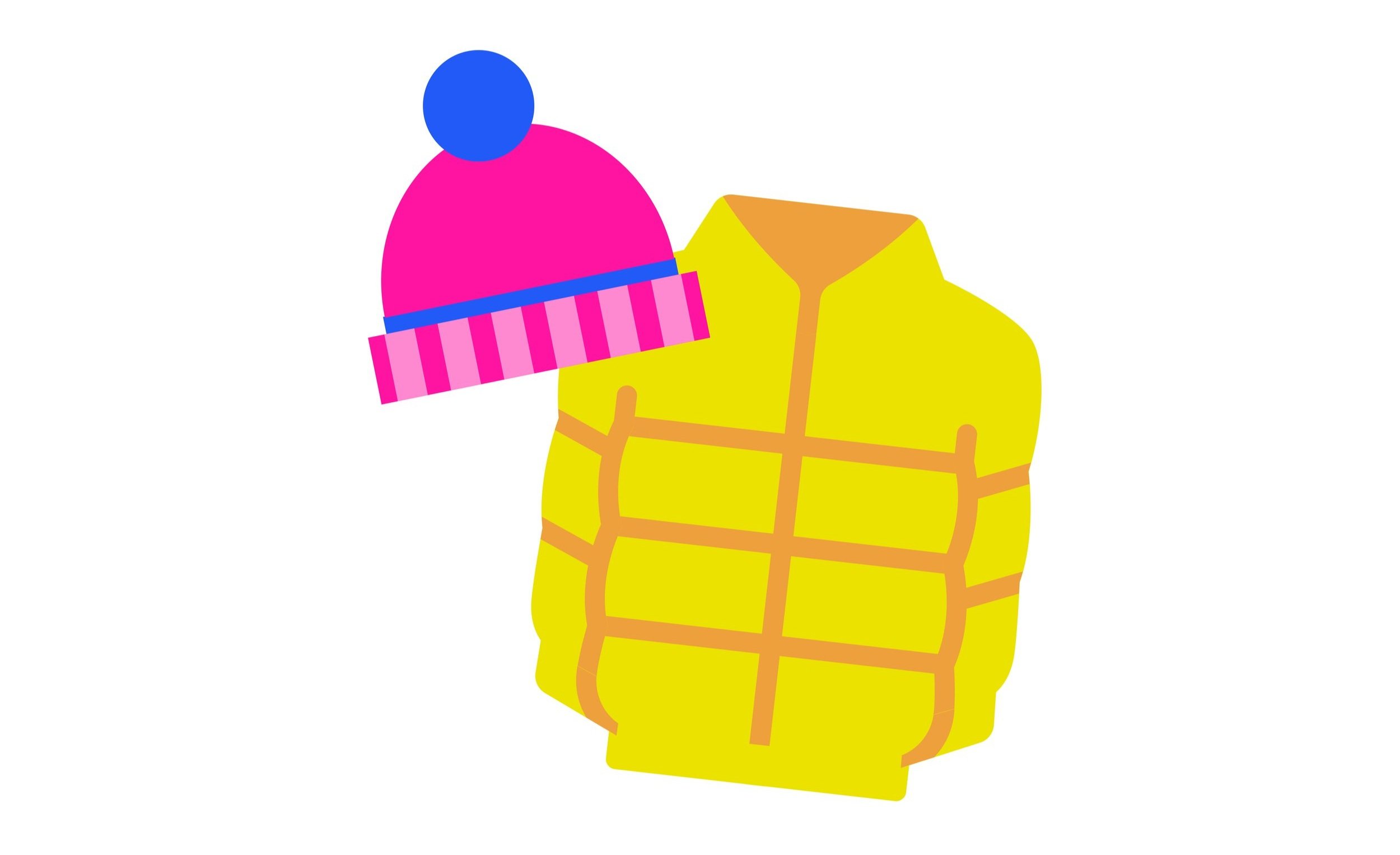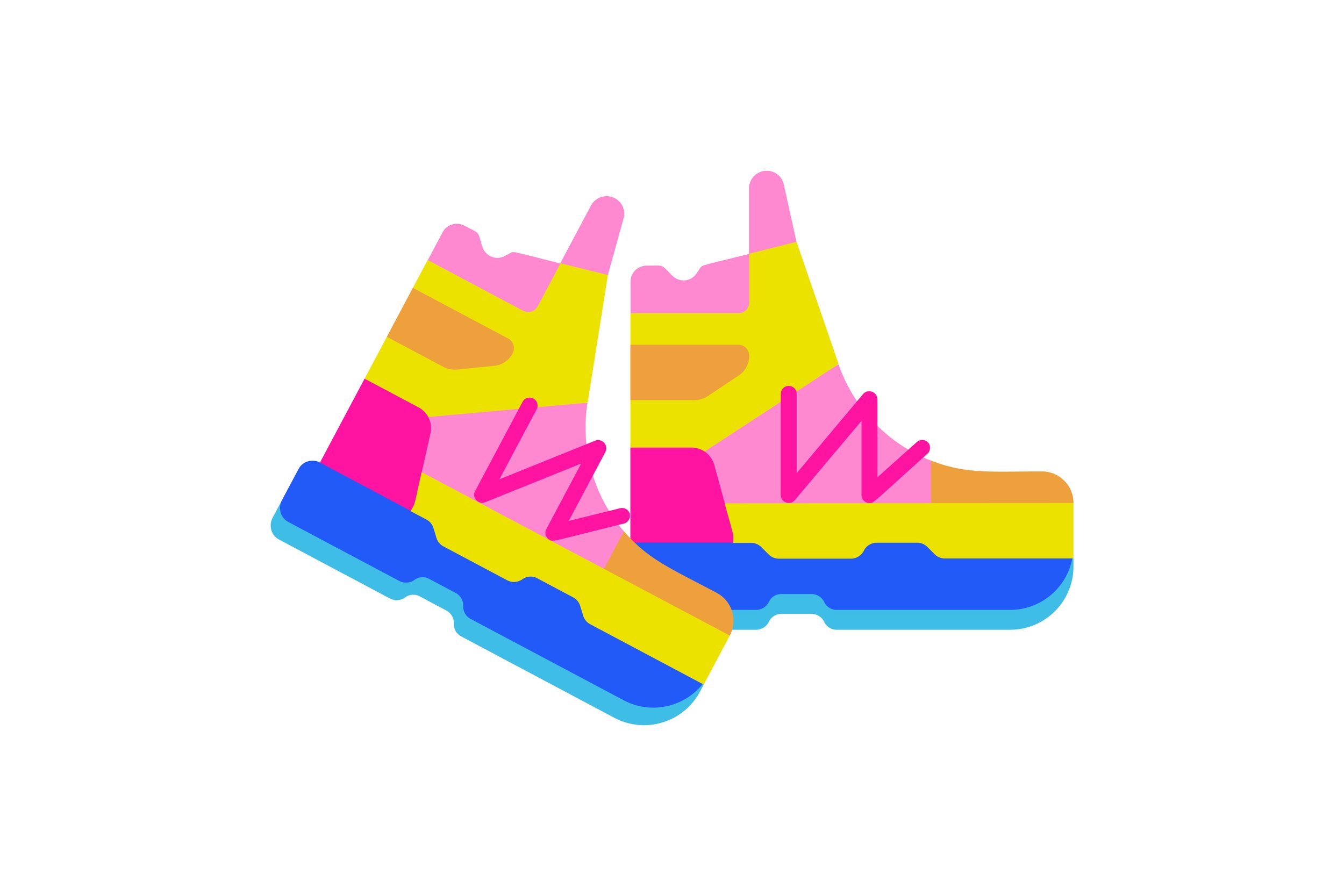THE ULTIMATE WHOA PLUS
PERU PACKING LIST
THE ULTIMATE WHOA PLUS
PERU PACKING LIST
Use our ultimate WHOA plus Peru Packing List as a guide for what to bring along while you’re hiking to Machu Picchu! We’ve packed this Peru Packing List with our trail tested favorites and recommendations, plus lots of useful info on the best gear for adventuring in all of Peru’s conditions.
Our biggest piece of advice is to pack light and smart, and bring durable, multi use items that you can layer as temperatures and weather changes (because they will)! Test and break in all your gear beforehand and use common sense and your own best judgement and discretion when choosing exactly what you pack. After all, no one knows you better than you! If you tend to run cold, pack an extra layer or two. If you have a finicky stomach, bring extras of your go-to snacks.
We’re firm believers that there’s no such thing as bad weather, only inappropriate gear! Stocking up on quality gear from brands who are doing it right will make all the difference for enjoying all your adventures in the great outdoors!
THE ULTIMATE
PERU PACKING LIST
PERU PACKING LIST
UP TOP
2 HATS
Bring something light with a brim for sunny days, and a warm beanie that will cover your ears for colder nights. Both are great for covering dirty hair too!
2 PAIRS OF GLOVES
Bring a mid weight lightly insulated pair, and one more serious thermal, insulated outer pair for the colder nights. If your hands tend to get extra cold, you might want to opt for mittens which will keep your hands warmer.
3 MOISTURE WICKING TOPS
Bring a few lightweight tops, so you can layer and re-wear them. Pack a mixture of tanks, short, and long sleeve options. Pro tip: look for wool and/or synthetic garments that, unlike cotton, wick away moisture and pack at least one UPF sun shirt
2 MEDIUM LAYERS
These will provide insulation, and include, but are not limited to, fleeces, down jackets, and vests that you can easily stuff in your daypack and layer on and off as your temperature and the conditions change.
WAteRPROOF OUTER LAYER JACKET
A breathable, unpadded, waterproof and windproof jacket with a hood that will keep you dry and active on rainy days. We love this one from Outdoor Research!
DOWN LOW
1 PAIR CAMP SHOES
Comfy, closed toed, easy to slip on shoes are great to have for camp, and going to the bathroom at night. Trust us, the last thing you want to do is put your boots back on after a long day of hiking! We love our CROCS for this - they’re lightweight and durable.
2 PAIRS HIKING PANTS
You’ll want pants for cooler nights, higher elevations and insect protection. Choose hiking pants, leggings, and shorts made from strong and light materials that dry quickly - and preferably that are wind and water resistant.
WIND + WATERPROOF PANT
A non-insulated, outer layer pant is a must-have to layer on over your base layers when it’s rainy or windy. Outdoor Research makes an amazing high quality pair.
ALL ABOUT THAT BASE
1 THERMAL BASE LAYERs
A thin, snug fitting top and bottom set that you can wear underneath everything at higher altitudes. These will regulate your body temperature by wicking sweat away from your skin. We recommend a sport synthetic fabric like polyester or merino wool. Plus Snow makes high quality thermal tops and bottoms that GAL Andrea loves! She’s even on the website. They are an Australian company so make sure you use their Shop Your Shape function to ensure you get the right fit.
3 PAIRS WARM HIKING SOCKS
Bring durable wool socks in a few different weights - lighter for the hotter days, and serious heavy ones the nights and colder days. A couple pairs of liner socks are great to help prevent blisters too! We love Darn Tough’s Hiker Boot Sock in Full Cushion.
SPORTS BRAS
Bring bras that provide support, feel comfortable against your skin, dry quickly and don't bind, smoosh or chafe. We love Superfit Hero.
UNDERWEAR
Bring as many pairs as you know you’ll want! TomBoyX and Go Buck Naked make quality performance underwear.
SWIMSUIT
You never know when there might be an opportunity for a dip! (Hint: You’ll get one on this trip!)
GET YOUR ARSE IN GEAR
DAY PACK
You’ll need a lightweight hiking backpack to wear everyday to carry your water, extra layers, snacks, etc. Something between 28-32 L is perfect. We recommend getting one that is compatible with a water bladder and hose, and has a built-in rain cover. We love Gregory because they have an exclusive line of packs for plus-size hikers! NOTE: Large daypacks are not allowed at Machu Picchu, so also bring a small packable backpack or hip pack in your duffel to carry with you while exploring Machu Picchu.
WATER BLADDER
Staying hydrated is so important while hiking at high altitudes! We highly recommend getting a 3 L water bladder. It’s the easiest way to carry and drink water while trekking.
WATER BOTTLE
Bring a 1L wide mouth, water bottle or BPA free Nalgene.
TREKKING POLES
These are MANDATORY, and a life (and knee) saver on tricky terrain! Make sure they are collapsible, for easy stashing, and simple to adjust for up and downhill. Check out our faves at Leki.
BONUS: You get 20% off Leki poles for being a part of the WHOA family! Just use this special link and your discount will be automatically applied. (For free shipping use code FREE99 at checkout.)
RAIN PONCHO
Sometimes, like in the rain forest, it’s too hot and uncomfortable to wear a waterproof jacket, so a poncho is perfect to throw on to protect you and day pack from getting wet. Not to mention, if it's raining a lot, using only a rain jacket and pack cover will leave too much exposed and your straps will get soaked. Please only bring a durable, reusable poncho - single use plastic ponchos are not allowed! It’s also a good idea to bring a light weight waterproof jacket.
FOUR SEASOn SLEEPING BAG
We recommend a zero degree Fahrenheit bag like this Big Agnes. However, if you tend to sleep warm a 20 degree sleeping bag like this one from Marmot or this double sleeping bag from Big Agnes might be a better option.
SLEEPING BAG LINER
This will add an extra layer of warmth at night. We recommend this one from SeaToSummit!
BUFF OR BANDANA
An all around great item to always have with you. You can use it as a neck gaiter, head band, sweat rag, etc. Plus, there are so many different fun designs to choose from!
HEADLAMP + EXTRA BATTERIES
This is important for after the sun sets at camp. Be sure to start the trek with fresh batteries, and bring a spare set just in case. We love Black Diamond for headlamps.
POLARIZED SUNGLASSES
You have to protect your eyes from the fierce equatorial sun! Make sure they are UV-blocking and polarized. Goodr makes ones that are great (and cute) for hiking.
CAMERA + EXTRA BATTERIES
There are so many amazing photo ops! We highly recommend bringing a camera that is compact and durable. These days most smartphones have great cameras, and we’ve found DSLRs can be cumbersome while trekking, so think twice before bringing anything too fancy. Remember to always pack your electronics in waterproof bags or cases.
portable battery charger
Whatever electronics you choose to bring, make sure you have a way to recharge your batteries. We always have a portable battery charger on hand so our camera is charged and ready to catch any spontaneous dance parties that may break out!
ALL THE SMALL THINGS
MEDS
Consult with your physician on any prescription medication you might need for this adventure, especially Diamox, a common medication taken for preventing altitude sickness. Other common medications you might want to bring along include, pain relievers, anti-histamines, antidiarrheals, etc.
PASSPORT
Make sure it’s valid for 6 months after your adventure dates. Bring a waterproof bag to keep it dry when you’re trekking, and it’s always a good idea to travel with an extra photocopy of it.
GLOBAL RESCUE + Travel Insurance
We require all our adventurers to have a Global Rescue plan to travel with us. Global Rescue is medical evacuation coverage, it is NOT travel insurance. In addition to Global Rescue, all travelers are required to have medical travel insurance with a minimum coverage of 30,000 USD, which covers any expenses caused by Covid-19. It is your responsibility to find a policy that works for you and your needs.
FIRST AID
We’ll have all this stuff on hand, but make sure you have a compact kit with Neosporin, bug spray, band-aids, moleskin, duct tape, anti-septic, etc. We like this one because it’s lightweight, waterproof, and has everything you might need.
SUNSCREEN + LIPSCREEN
This is a must have for being in the strong mountain sun all day! Bring a new, full tube with an SPF rating of 30+. We love Cotz Sunscreen because it works great and is reef friendly!
BUG REPELLENT
Choose a serious one with DEET or a DEET alternative like Picaridin. We really like this Picaridin from Sawyer Products!
TOILETRIES
Don’t forget the travel essentials like travel sized deodorant, lotion, hair ties, hair brush, face wipes, tampons, contact solution, toothbrush, toothpaste, and ear plugs etc. Remember our pledge to keep single use plastics out of the places we love, so pack reusable bottles, bar soaps and biodegradable products!
QUICK DRY TOWEL + WET WIPES
Who needs running water and a shower?! Don't forget about the environment and make sure your wet wipes are biodegradable. This camp towel from Cocoon is great.
2 LUGGAGE LOCKs
Always lock your things! Have one for your duffel on the mountain, and have one to lock your suitcase that will stay at the hotel while you’re trekking.
DRY BAGS
When preparing your gear, pack everything in dry bags (or silicone bags for smaller items), we’ll be in the elements so we want to make sure our gear is always protected! We recommend bringing along different shapes and sizes of these to help organize and separate dirty clothing and gear.
For waterproofing your phone/passport/money, we recommend using a dry pouch.
SHOPPING BAG + PAPER BAGS
Having a stash of brown paper lunch bags, sanitary bags, or any form of biodegradable bag is great for collecting and carrying out trash on the trails and when we’re on the go. You’ll also want to bring a small reusable shopping bag to eliminate the need to use a single-use plastic bag for snacks or souvenir stops. They’re also handy to have in case you need another bag to take on the plane. Just another way to make Mother Earth proud!
SNACKS
There’s plenty of hearty food provided at meals, but bring lots of extra snacks. The days are long and you need to keep your energy up, so nutrient rich things like protein bars, trail mix and electrolyte powder! That said, it’s common to lose your appetite at high altitudes, so bring some comfort foods like crackers and your favorite candy!
IMPORTANT THINGS TO KEEP IN MIND WHILE YOU'RE PACKING FOR THE TREK
A large waterpoof duffel will be provided to hold all your gear, and will be carried from camp to camp by mules. This duffel has a strict 16 lb weight limit including your sleeping bag (just another reason you'll want to pack light and smart)! Every day you will carry your personal necessities (rain layers, sunscreen, etc.) in your day pack. You’ll be able to leave the rest of your luggage at the hotel in Cusco where it will be locked up safe and sound while you’re hiking. You should carry all your valuables (like your passport and wallet) with you at all times on the trail.
The Salkantay trek to Machu Picchu can be taken year round, but rainy season is typically December-February so we highly recommend the drier months of March-November. April-May and October-November are the sweet spot when you'll avoid the rain and the bigger summer crowds at Machu Picchu. Temps throughout the year follow a fairly consistent pattern: days are warm (highs are in the 70s F/20s C on average) and chilly at night through the early morning (lows are in the 20s to 40s F/-6s to 4s C on average). As you'd expect, the temperatures get cooler as you ascend, and warmer and more humid at the lower altitudes in the Andean rainforest.
PACKING TIPS FOR OFF THE MOUNTAIN
Cusco is a fairly big city with nice restaurants and a fun nightlife, so, while it’s casual, when you’re out you’ll probably want to dress differently than you did on the trek. It’s very walkable, and strolling around the narrow streets is a great way to spend the day, so bring comfortable shoes. The temperature is usually around 50 F/10 C and but it can cool down dramatically at night, so bring a jacket or wool sweater. The handicrafts and shopping are amazing, so save room in your suitcase! There are also lots of outdoor gear stores in Cusco, so if you forget something, you can most likely find it in a store before we start our trek.
Peru is a safe place for travelers, but you need to be smart and aware because petty theft and pick pocketing happens. Don’t wear expensive-looking jewelry or have other valuables on show while you’re out. In fact, it's best to just leave it all at home. When you’re walking around town, use a money belt to carry your cash and have it secured in a position that you can access discreetly. If you are carrying a handbag, wear it over your shoulder and never put it down (not even for a second). Most of this is common sense and travelers here have a trouble-free stay full of fun and adventure!






